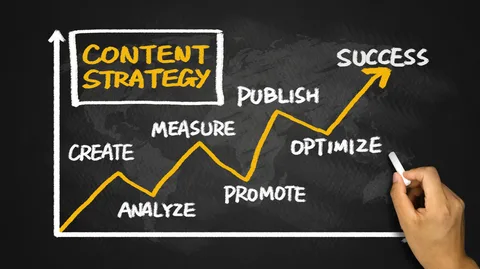Introduction:
In the realm of visual communication, graphic design serves as the cornerstone of creativity and expression. From eye-catching logos to captivating advertisements, graphic designers play a pivotal role in shaping the visual identity of brands and conveying messages to audiences. In this blog post, we embark on a journey through the world of graphic design, exploring its principles, practices, and profound impact on various industries.

Understanding the Fundamentals:
At the heart of graphic design lies a mastery of fundamental principles such as balance, hierarchy, contrast, and alignment. These principles guide designers in creating harmonious compositions that effectively communicate messages and evoke desired emotions. Whether it’s designing a poster, website layout, or packaging design, a strong grasp of these fundamentals is essential for creating visually compelling graphics.
Exploring Design Tools and Software:
In the digital age, graphic designers utilize a plethora of tools and software to bring their visions to life. From Adobe Photoshop and Illustrator to Canva and Sketch, these tools empower designers to unleash their creativity and execute intricate designs with precision and efficiency. Through hands-on experimentation and continuous learning, designers hone their skills and stay abreast of the latest trends and techniques in the field.
Harnessing the Power of Typography:
Typography plays a pivotal role in graphic design, serving as a vehicle for conveying messages and establishing brand identity. Designers carefully select fonts, sizes, and styles to evoke the desired tone and personality, whether it’s conveying professionalism, creativity, or playfulness. With an understanding of typographic hierarchy and readability, designers craft text that commands attention and guides viewers through visual content seamlessly.
The Intersection of Art and Technology:
Graphic design is a harmonious blend of artistry and technological innovation. While creativity fuels the design process, technological advancements enable designers to push the boundaries of what’s possible. From digital illustration and 3D modeling to motion graphics and interactive design, designers leverage cutting-edge tools and techniques to create immersive and engaging visual experiences across various mediums.
Navigating Client Relationships:
Effective communication and collaboration are essential skills for graphic designers working in client-facing roles. Designers must understand client needs, preferences, and objectives, translating them into visually compelling solutions that exceed expectations. By fostering open dialogue, managing expectations, and delivering timely revisions, designers build trust and cultivate long-lasting relationships with clients.
Conclusion:
In a world inundated with visual stimuli, graphic design stands as a powerful means of communication, storytelling, and expression. From timeless classics to innovative trends, graphic designers continuously push the boundaries of creativity and innovation, leaving an indelible mark on our collective consciousness. As technology evolves and design trends shift, the artistry of graphic design will continue to captivate and inspire audiences, making it a dynamic and ever-evolving field for designers to explore and excel within.




